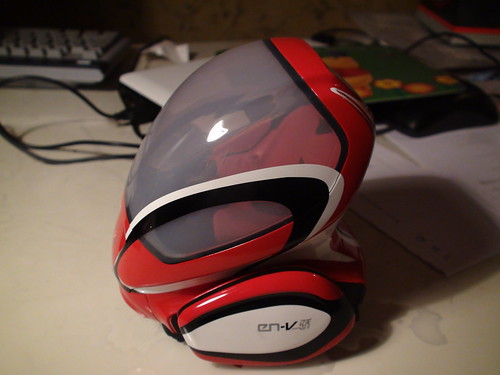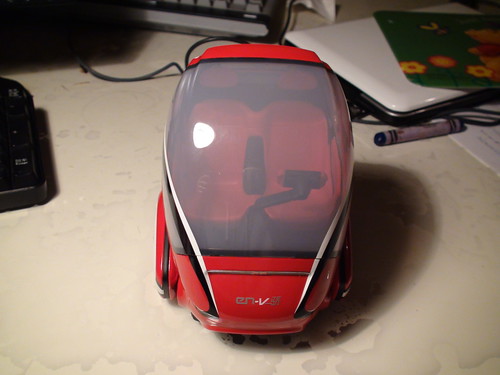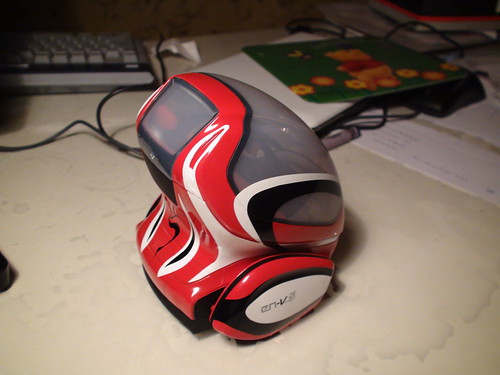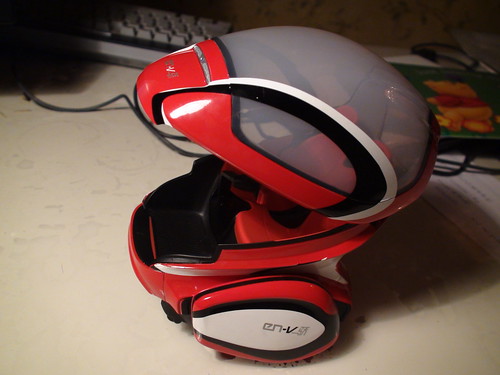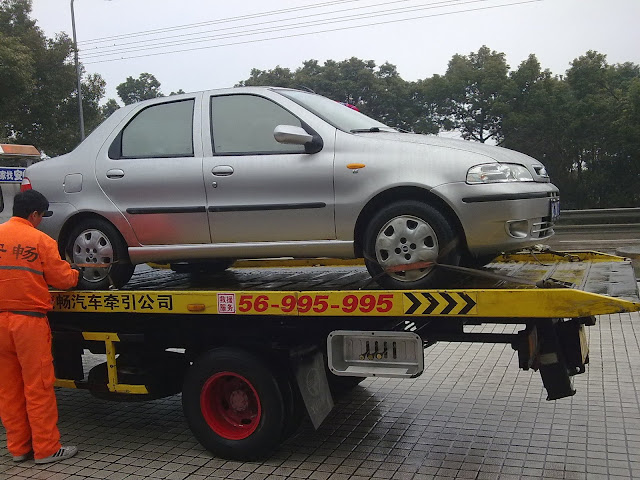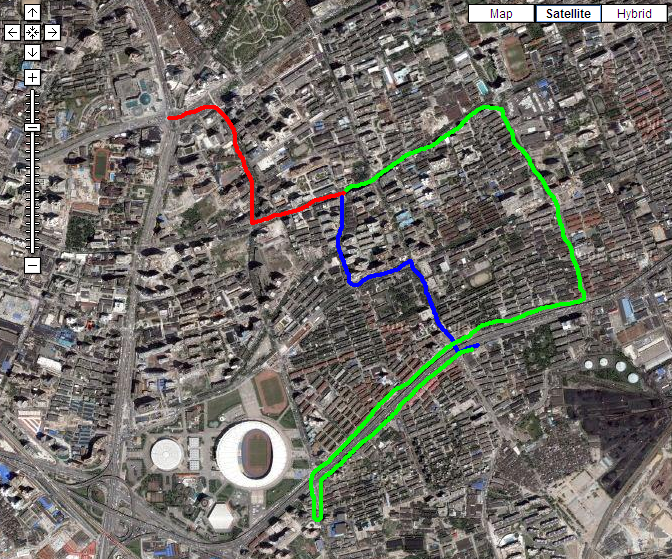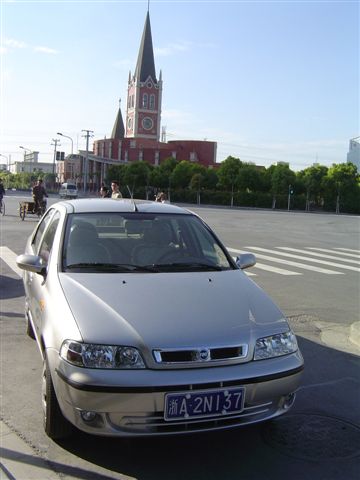Something to observe – in Shanghai, the frequency of changing lanes on the road is very high, if not a constant action. People will shift from one lane to another, and to another, and back and forth, all the time.
The frequency of the same action is so low in the bay area. Generally people need to change lane just few times in the whole journey. For example, get onto the University Ave, follow the one lane street, and choose the lane going to US-101 later. Keep the lane on the right before getting the ramp exit, and then follow the lane to hotel. That was a typical route.
Drivers’ behavior difference is obviously the reason, maybe the only direct reason, but there must be deeper reason for the difference. What are those reasons?
Speed Difference
Speed difference of cars. Look at the cars on road of Shanghai. They drive in completely different speed. Some drive at 60 km/h, nearby cars are running at 80km/h, while others just cut into the road with 20km/h (because they don’t yield at turn). The majority of the cars in Shanghai are still manual shift, and drivers have completely different skills since new drivers are of much higher portion in a fast increase auto car market, that caused the speed difference. The faster cars have to change lanes almost at every time it passes a car, to keep the same speed.
The lack of speed limit is also the reason. Some cars enjoy the freedom to drive much higher speed than required, making it hard to form a generally accepted speed.
Number of Lanes
Most of the roads in Shanghai have many lanes – Beijing has more, but compared to local roads in places like Silicon Valley, Shanghai’s main road have more lanes, to allow drivers to navigate from the left most, to the right most lanes
Road Design
The road design is also an important factor. To drive in Shanghai, you have to constantly switch lanes to get to your destination. There are more merges of lanes in Shanghai, and the buffer length left for the driver is short. You are forced to merge into another lane or change a lane. I have once tried to follow the way I drive in the States – choose a lane and stick to it. It is just impossible. It is generally much easier to drive in the Silicon Valley because of the planning of lanes to allow cars to stick to a lane as long as possible, and there are fewer merger, and a lot of fork. And there are a lot of signs to help drivers to merge (“THROUGH TRAFFIC MERGE LEFT”). That avoided a lot of last minute switching of lanes.
Future
I believe in the future, when most of the reasons change, cars in China will follow the internationally accepted rules, and will not need to change lanes as frequently as now.
When the general quality of cars get better, and transit to auto shift, and the adoption of cruise (even for a small percentage of the cars), that may help to stablize the speed. Meanwhile, when the portion of new drivers (less than 5 years) go down, people will tend to choose the easiest, and less effort consuming way to drive, more people would not bother to switch lanes to get a little bit ahead of others, it should be OK.
For the road design, when the cars number reaches to a threshold that makes the optimization of the road system is economically feasible (build more ramps, build via-duct, and more signs), because the same change can benefit twice or more cars than today, that also help to avoid the need for drivers to change lanes.
I am a happy observer and thinking of all the small difference between my world and the world I am less familiar with, and most of the analysis leads me to be optimistic about the future of my world.
